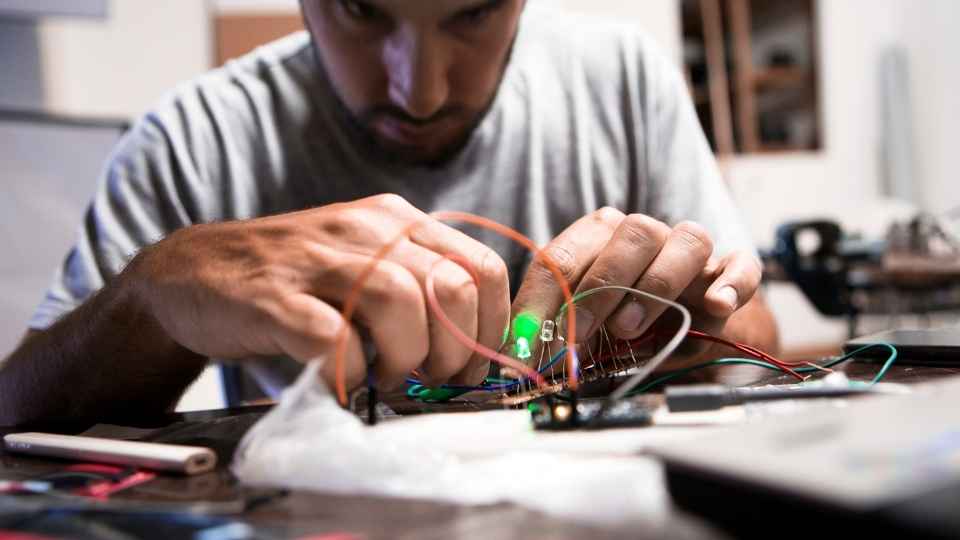
Embarking on the path of electronics is akin to setting sail on an intricate voyage, where every step holds immense potential.
In this article, we will guide you through a meticulous journey that unravels the complexities of this captivating field. From comprehending the fundamentals to delving into circuit design and soldering, we will equip you with the essential skills required for success in electronics.
So gather your curiosity and desire for freedom as we embark on this step-by-step expedition towards electronic mastery.
Key Takeaways
- Understanding the basic principles of electronics, such as voltage, current, resistance, and power, is essential.
- Electronic components like resistors, capacitors, transistors, diodes, and integrated circuits play specific roles in circuits.
- When choosing an electronics kit, consider the compatibility of the components and the individual's skill level.
- Essential kit components include resistors, capacitors, transistors, diodes, LEDs, breadboards, jumper wires, and power sources.
Understanding the Basics of Electronics
In order to delve into the world of electronics, it is crucial to first gain an understanding of the fundamental principles and components that underpin this field.
Electronics is a branch of science and technology that deals with the behavior and control of electrons in circuits. At its core, electronics revolves around the manipulation and flow of electrical signals to achieve desired outcomes.
To comprehend this field, one must grasp concepts such as voltage, current, resistance, and power. Furthermore, knowledge about electronic components like resistors, capacitors, transistors, diodes, and integrated circuits becomes essential.
These components serve specific purposes within a circuit and form the building blocks for more complex systems.
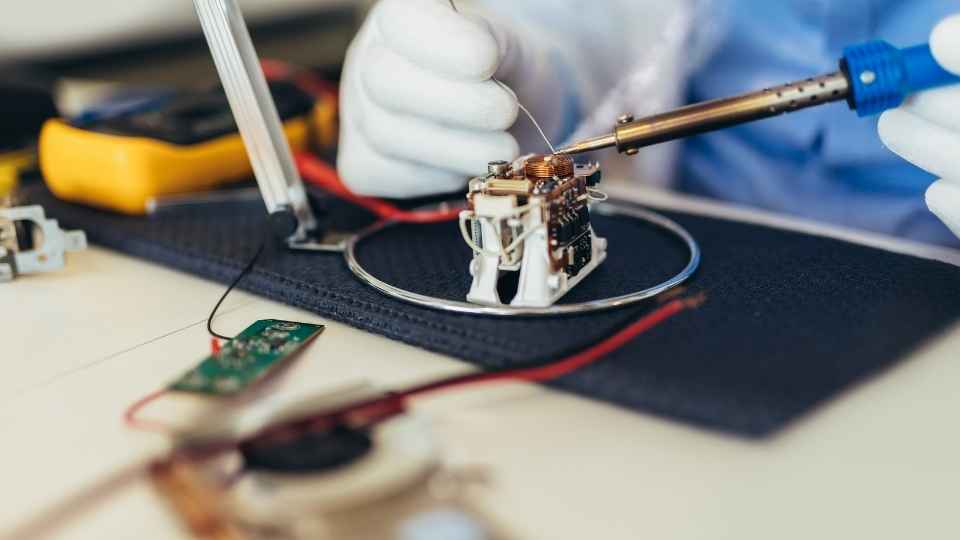
Choosing the Right Electronics Kits
When it comes to choosing the right electronics kits, it is essential to consider the kit components and skill level compatibility.
The kit should include all the necessary components such as resistors, capacitors, transistors, and ICs, allowing for a wide range of projects.
Additionally, it is important to match the kit's complexity with one's skill level to ensure an optimal learning experience.
Essential Kit Components
To successfully begin a journey in electronics, it is crucial to have a comprehensive collection of essential kit components. These components form the building blocks for various electronic projects and help individuals gain hands-on experience in understanding different aspects of circuitry.
The key components that should be included in an electronics kit are:
- Resistors: used to control the flow of current in a circuit.
- Capacitors: store electrical energy.
- Transistors: amplify or switch electronic signals.
- Diodes: allow current to flow only in one direction.
- LEDs: emit light when current flows through them.
- Breadboards: provide a platform for prototyping circuits.
- Jumper wires: connect different components on the board.
- Power sources: such as batteries or power supplies, supply electricity to the circuit enabling its operation.
Skill Level Compatibility
The compatibility of skill levels plays a significant role in determining the effectiveness and success of individuals engaging in electronics projects. In order to achieve optimal results, it is crucial for participants to possess a certain level of technical expertise and knowledge. When working on electronics projects, individuals with higher skill levels are better equipped to handle complex tasks such as circuit design, troubleshooting, and component selection. They have a deeper understanding of electronic principles and can effectively analyze and interpret circuit diagrams.
On the other hand, beginners may struggle with these aspects initially but can still contribute by focusing on simpler tasks like soldering components or assembling circuits based on provided instructions. However, it is important for individuals at all skill levels to continuously learn and improve their abilities in order to unlock their full potential in the world of electronics.
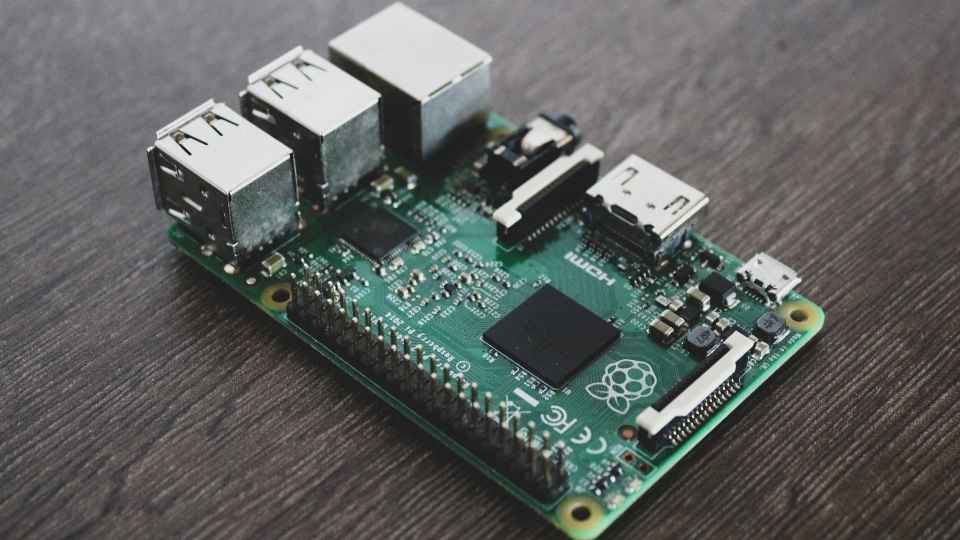
Embarking on Initial Electronics Projects
When embarking on initial electronics projects, it is important to start with essential beginner projects that will provide a solid foundation in understanding electronic components and circuitry.
This involves carefully choosing project components based on their compatibility and functionality, ensuring they meet the project requirements.
Additionally, troubleshooting common issues that may arise during the project's execution will be crucial for successful completion and further development of skills in electronics.
Essential Beginner Projects
Before diving into more complex projects, it is crucial for beginners in electronics to undertake essential beginner projects to develop fundamental skills. These projects help build a solid foundation and understanding of basic electronic components and circuits.
Here are three essential beginner projects that will engage and challenge individuals who desire freedom in their exploration of electronics:
LED Blinking Circuit:
Learn how to connect an LED to a microcontroller or Arduino board.
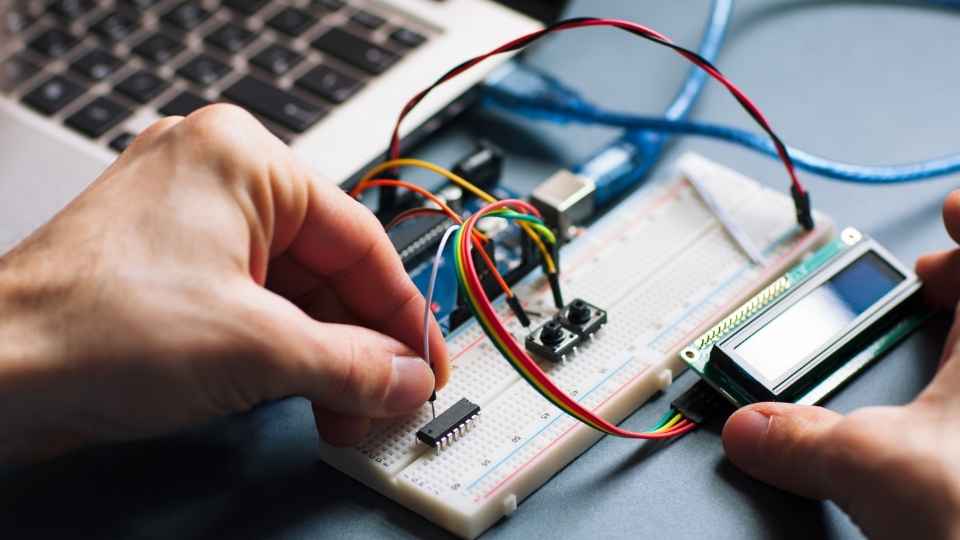
Write a code that controls the blinking pattern of the LED.
Voltage Divider Circuit:
Understand the concept of voltage division using resistors.
Calculate the output voltage based on resistor values.
Transistor Switch Circuit:
Explore the functionality of transistors as switches.
Connect a transistor circuit to control an external load.
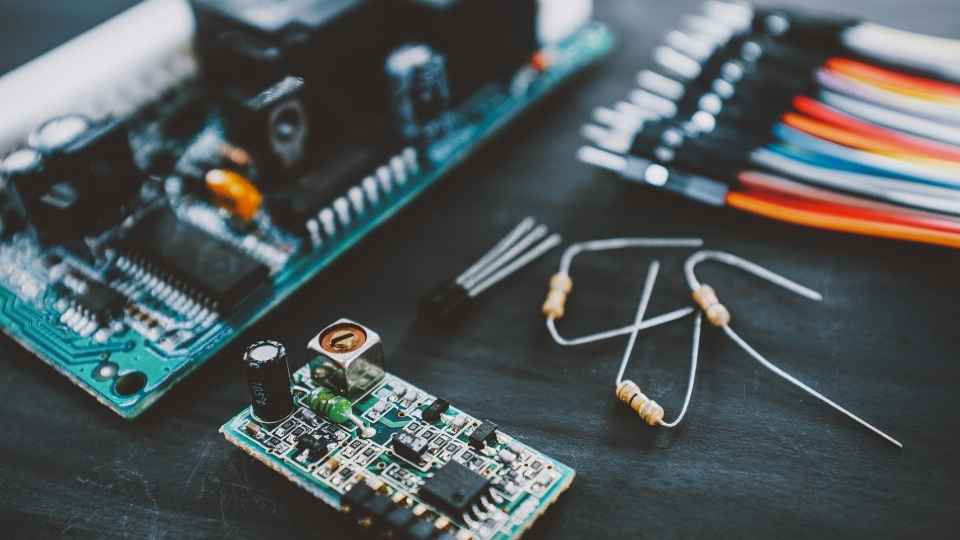
Choosing Project Components
To effectively choose project components, it is essential to consider factors such as functionality, compatibility, and availability.
Functionality refers to the specific features and capabilities required for the project to meet its objectives. It is important to identify the key functionalities needed and select components that can perform those tasks efficiently.
Compatibility is another crucial factor to consider when choosing project components. Ensuring that the various components work together seamlessly is vital for a successful project outcome. This involves checking if the voltage levels, communication protocols, and physical dimensions are compatible with each other.
Availability of components should also be taken into account. It is advisable to select components that are readily available in the market or easily accessible online, allowing for quick procurement and replacement if needed.
Overall, by carefully considering these factors during component selection, one can ensure a smooth and efficient project implementation process while achieving desired outcomes.
Troubleshooting Common Issues
One effective approach to resolving common issues in project troubleshooting is by systematically identifying the root cause of the problem and implementing targeted solutions. This method ensures that the underlying issue is addressed rather than just treating the symptoms.
To engage the audience, here are three sub-lists that can help troubleshoot common issues:
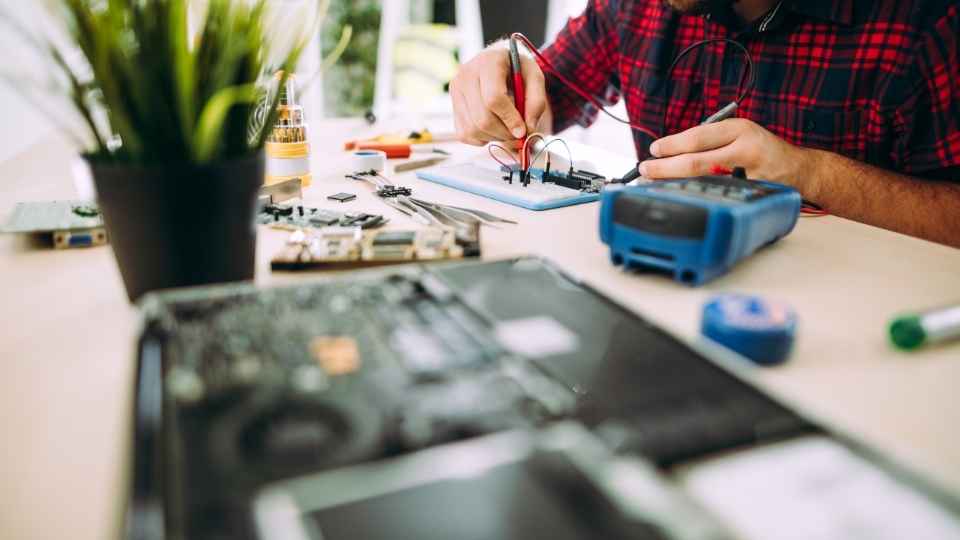
- Identifying Root Causes:
- Conduct a thorough analysis of the problem.
- Use diagnostic tools and techniques to pinpoint the source.
- Consider environmental factors that may be influencing the issue.
- Implementing Targeted Solutions:
- Develop a plan based on identified root causes.
- Clearly define steps to rectify each cause.
- Monitor and measure progress throughout implementation.
- Preventing Future Issues:
- Document lessons learned for future reference.
- Regularly review processes and make improvements.
- Foster a culture of continuous improvement within the team.
Exploring Circuit Design and Components
When exploring circuit design and components, it is essential to have a thorough understanding of the fundamental principles and concepts involved.
Circuit design refers to the process of creating an electrical circuit that meets specific requirements. It involves selecting appropriate components, such as resistors, capacitors, and transistors, and arranging them in a way that fulfills the desired functionality.
Components play a crucial role in determining how a circuit operates. Resistors regulate current flow, capacitors store electrical energy, and transistors amplify or switch signals.
To ensure successful circuit design, it is important to consider factors like voltage requirements, power dissipation, signal integrity, and component datasheets.
Additionally, knowledge of common circuit topologies like series and parallel connections is crucial for efficient designing.
Learning About Soldering and Prototyping
Soldering and prototyping are crucial skills for anyone venturing into electronics. Soldering, the process of joining electronic components together using molten metal, allows for secure connections and reliable circuits. Prototyping, on the other hand, involves creating a working model or a proof-of-concept circuit before final production.
To engage you further in learning about soldering and prototyping, here are three key subtopics to explore:
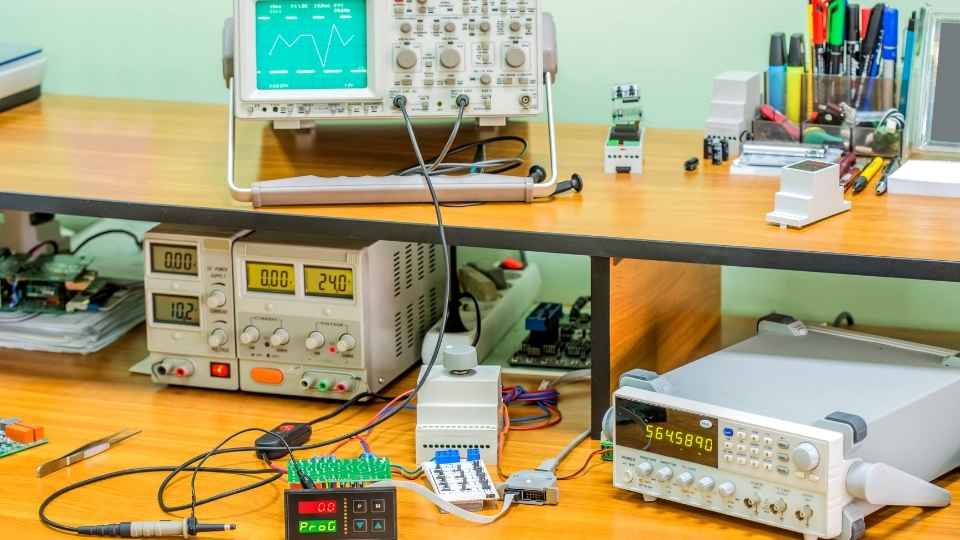
- Tools and Equipment:
- Soldering iron: A heated tool used to melt solder.
- Solder: A metal alloy that acts as a conductive adhesive.
- Breadboard: A reusable platform for quickly building and testing circuits.
- Techniques:
- Tinning: Applying a thin layer of solder to component leads or wires.
- Through-hole soldering: Joining components by inserting their leads through holes in a PCB and soldering the opposite side.
- Surface-mount technology (SMT) soldering: Joining smaller components directly onto PCB pads without the need for holes.
- Best Practices:
- Cleanliness: Ensuring surfaces are free from dirt, oxidation, or residual flux.
- Heat control: Using appropriate temperatures to prevent damage to components or surrounding materials.
- Inspection and testing: Verifying the quality of your solder joints by visual inspection and electrical continuity checks.
With these topics explored thoroughly, you will gain the knowledge needed to confidently tackle soldering and prototyping projects with freedom in your electronic endeavors.
Exploring Arduino and Microcontrollers
Arduino and microcontrollers are powerful tools that enable the creation of complex electronic systems with ease and efficiency.
Arduino, in particular, is an open-source platform that allows users to program and control various electronic devices.
Microcontrollers, on the other hand, are integrated circuits that consist of a processor core, memory, and input/output peripherals. These components work together to execute instructions and manipulate data within a system.
Arduino's simplicity and versatility make it ideal for beginners in electronics who desire freedom in exploring their creativity. With its vast range of libraries and modules, Arduino empowers users to build projects ranging from simple LED blinkers to advanced robotics systems.
Acquiring Essential Skills for Electronics Success
Developing a solid foundation of essential skills is crucial for achieving success in the field of electronics. Aspiring electronic enthusiasts must acquire a range of skills that will enable them to navigate the intricate world of circuits, components, and systems.
Here are three key areas to focus on when building your skillset:
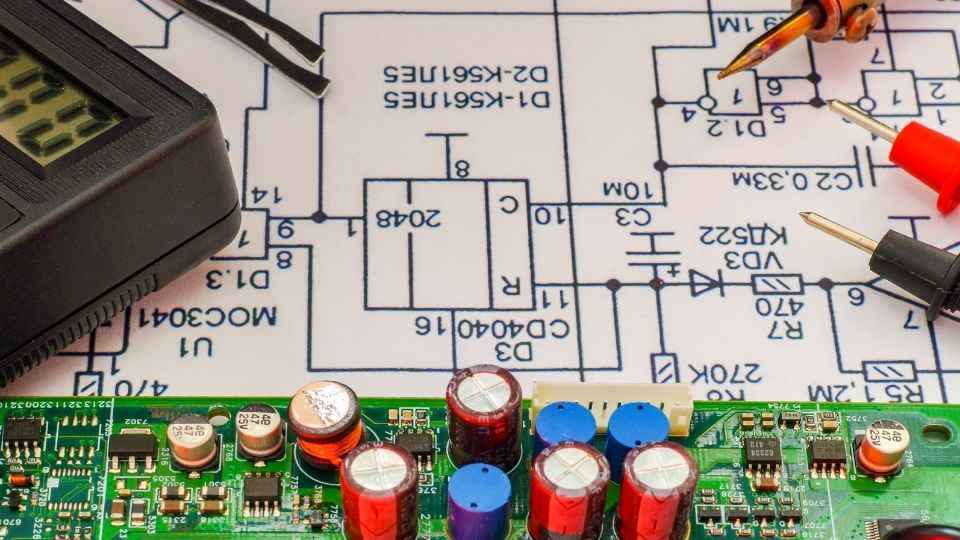
Circuit Analysis: Understanding the fundamental principles of circuit analysis is vital. This includes knowledge of Ohm's Law, Kirchhoff's Laws, and basic circuit analysis techniques.
Component Identification and Usage: Familiarize yourself with various electronic components such as resistors, capacitors, transistors, and integrated circuits (ICs). Learn how to read component values and datasheets accurately.
Soldering Techniques: Mastering soldering techniques is essential for creating reliable connections between components on PCBs or prototyping boards. Practice soldering through-hole and surface mount components while ensuring proper heat control.
Frequently Asked Questions
How Much Does It Typically Cost to Get Started in Electronics?
The typical cost to get started in electronics varies depending on the level of complexity and equipment needed. Basic tools such as soldering irons and multimeters can range from $20-$50, while more advanced components and kits can cost up to a few hundred dollars.
To begin in electronics, beginners require specific tools and equipment. These include a soldering iron, multimeter, breadboard, wire strippers, pliers, and a set of screwdrivers. These tools are essential for building circuits and troubleshooting electronic components.
What Are Some Common Mistakes That Beginners Make When Starting in Electronics and How Can They Be Avoided?
When starting in electronics, beginners may make common mistakes that can hinder their progress. These mistakes include improper soldering techniques, incorrect component selection and wiring errors. To avoid these, beginners should seek proper guidance and practice regularly to improve their skills.
Are There Any Online Communities or Forums Where Beginners Can Ask Questions and Get Support in Their Electronics Journey?
Yes, there are various online communities and forums available for beginners in electronics to ask questions and seek support. These platforms provide a space where individuals can connect with experts and enthusiasts, share knowledge, and receive guidance in their electronics journey.
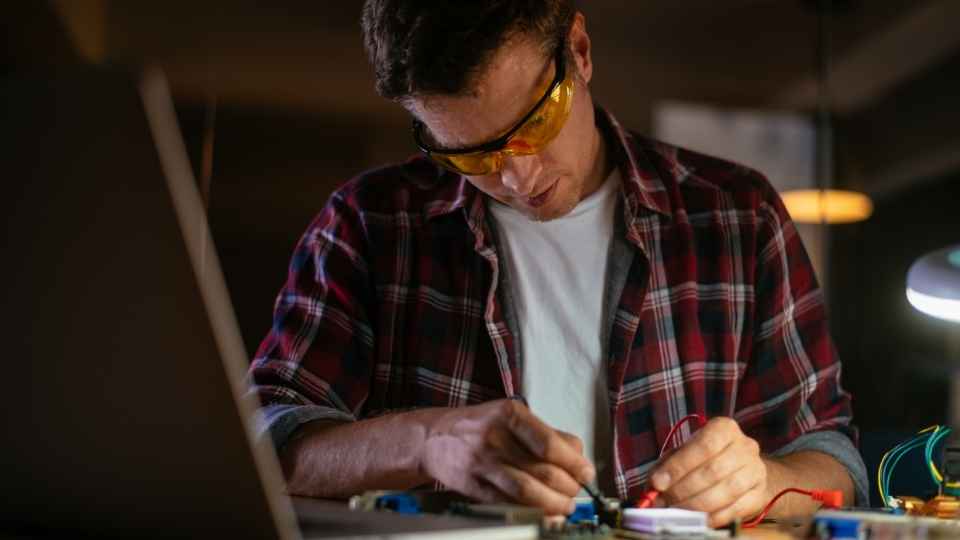
What Are Some Recommended Resources or Books for Further Learning in Electronics Beyond the Basics Covered in the Article?
For further learning in electronics, recommended resources include "The Art of Electronics" by Horowitz and Hill, "Practical Electronics for Inventors" by Scherz and Monk, and online platforms like All About Circuits and Stack Exchange Electrical Engineering.
 Basic Electronics ConceptsEssential ToolsCircuit Design BasicsMicrocontrollersDIY Electronics ProjectsRoboticsPrivacy PolicyTerms And Conditions
Basic Electronics ConceptsEssential ToolsCircuit Design BasicsMicrocontrollersDIY Electronics ProjectsRoboticsPrivacy PolicyTerms And Conditions
